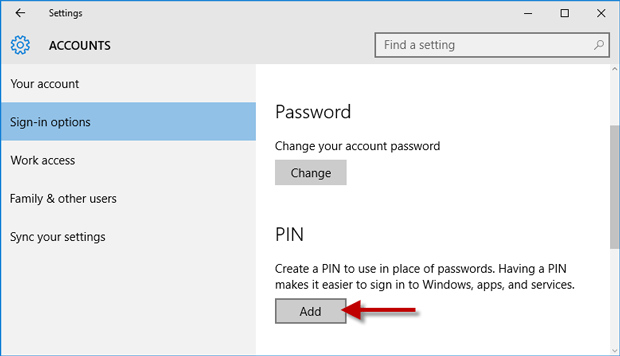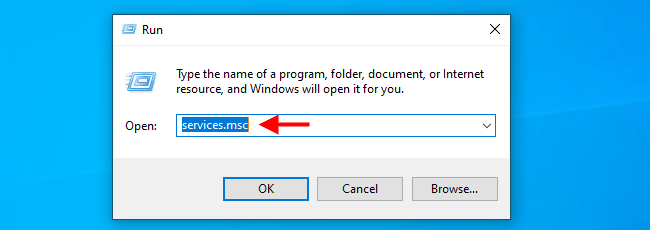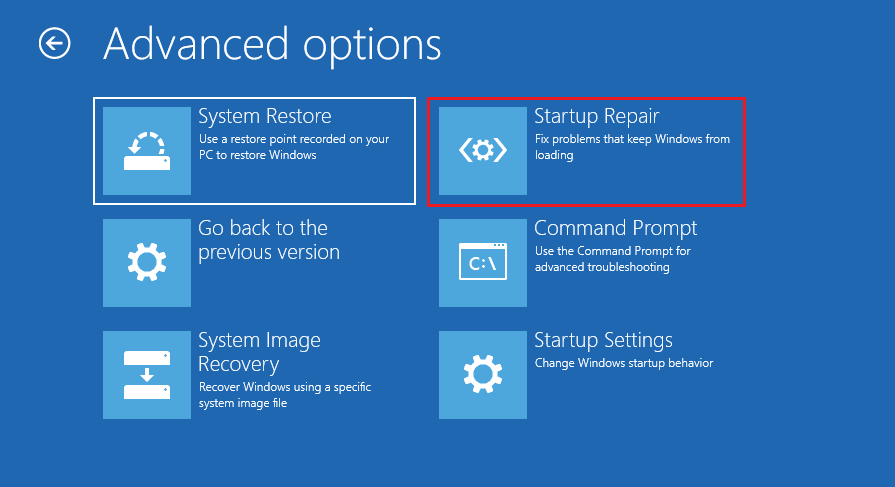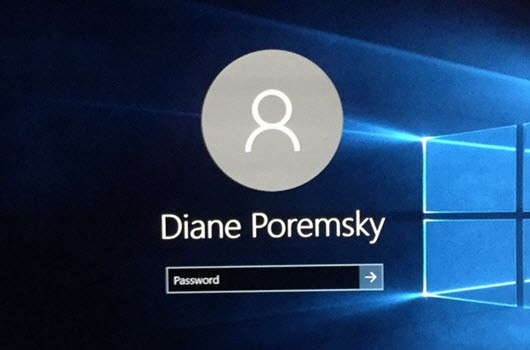

Or just log in with Windows Hello. If your PC supports it, your face or your fingerprint can log you in easily. One last thing: If you like having some security on your PC but hate passwords, we recently showed you how to log in to Windows using a PIN instead.

(Keep in mind that if your PC is owned by an employer, your company’s administrator may enforce a password using Windows’ group policy editor, and this trick may not work or may be inaccessible to you.) We checked this ourselves on a Lenovo PC recently and it definitely does work. In an earlier version of this story, a reader pointed out that this technique didn’t work with his Lenovo PC-though a Lenovo tech-support representative said it would. Once you do, just go back to Netplwiz and enter the password correctly. Windows will then show two accounts, both identical, that will require you to log in again. If you manage to type the incorrect password the same way, twice, you’ll see an error message when you reboot. Oddly, there’s no mechanism within Netplwiz to actually check the accuracy of the password as long as they match, Windows is happy. They’re both identical, but you’ll still have to log in with a PIN or (gulp!) password. However, it can cause a lot of issues when the login screen doesn’t appear upon startup. It allows you to access your own personal user account or accounts, making even a shared computer feel like it’s yours. The alternative is to reset the PC.If, for some reason, you enter the wrong password, upon rebooting you’ll probably see an error message, then this odd screen where you’ll have not one but two accounts to choose from. All Windows 10 users should be familiar with the login screen. Next, go to the Sign-in options area and Change the Require sign-in. Instead, you must create a local user account, set it as administrator, log into that account, and then delete your original account. Set your Windows 10 laptop to ask for sign-in upon wake up with these easy steps.

If you’re trying to remove the sole account from a PC you own, you can’t simply delete it. Once Windows 10 verifies the key, click the “Reset” button followed by the “Close” button.

Insert your Security Key into an open USB port as prompted and touch the key’s flashing icon. This entry expands to reveal a “Manage” button. Click the “Sign-In Options” entry on the menu followed by “Security Key” listed on the right. The “Accounts” section opens to “Your Info” by default. This opens the Settings app.Ĭlick on the “Accounts” tile in the following window. Remove a Security KeyĬlick the Windows button followed by the gear icon located on the Start Menu’s left edge. Simply choose “Window Hello Face” or “Windows Hello Finger” instead and then follow the above removal steps. The steps to remove your face and finger are nearly identical to removing a PIN.


 0 kommentar(er)
0 kommentar(er)
